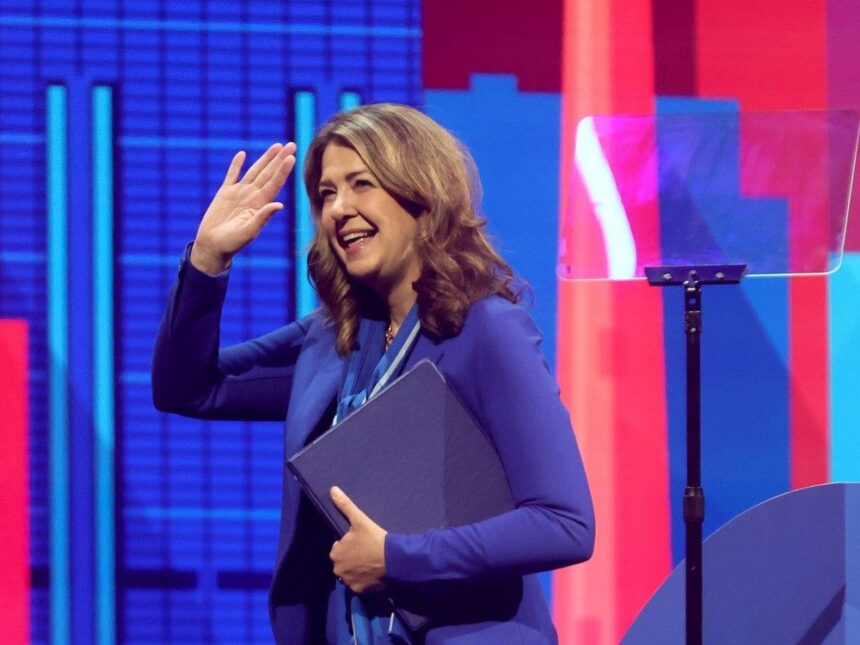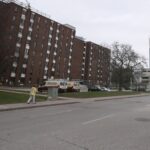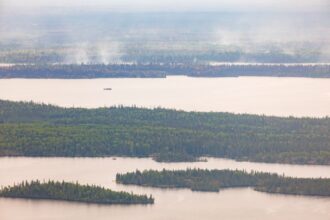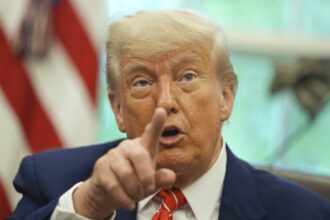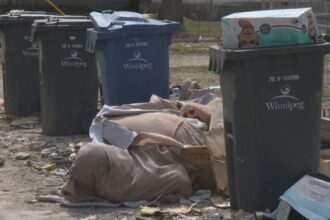The winds of separatism that have occasionally gusted across Alberta’s political landscape encountered a sobering reality check Monday night in the rural riding of Olds-Didsbury-Three Hills. Independence candidate David Inscho, representing the Alberta Independence Party, managed to secure just 137 votes—a mere 1.2 percent of the total ballots cast in a byelection that saw Progressive Conservative candidate Nathan Cooper cruise to victory with over 7,000 votes.
This disappointing showing comes at a critical juncture for Alberta’s independence movement, which has struggled to gain meaningful electoral traction despite periodic surges in separatist sentiment during times of federal-provincial tension. Political analysts monitoring the Alberta political landscape note that while independence rhetoric often intensifies during conflicts with Ottawa, it rarely translates into ballot box support.
“The results from Olds are particularly telling because rural Alberta has traditionally been viewed as fertile ground for independence messaging,” explains Dr. Melissa Ramirez, political science professor at Mount Royal University. “When a separatist candidate can’t break 2% in what should be receptive territory, it suggests the movement faces fundamental challenges in converting frustration into votes.”
The byelection was triggered after Cooper, who previously served as Speaker of the Legislative Assembly, stepped down to pursue federal political ambitions. His decisive victory reinforces the dominance of mainstream conservative politics in the region, even as Alberta navigates complex economic and constitutional relationships with the federal government.
Independence advocates have pointed to ongoing disputes over resource development, equalization payments, and environmental regulations as justification for Alberta to consider separation from Canada. However, Monday’s results align with historical patterns showing limited electoral success for separatist candidates.
“It’s not great,” acknowledged Independence Party president George McMullen when reached for comment on the results. “But we’re building a movement for the long term. Rome wasn’t built in a day, and neither will an independent Alberta.”
The lukewarm reception comes despite recent polls suggesting approximately 25% of Albertans would theoretically support independence under certain conditions—a disconnect that political strategists attribute to the practical complexities of separation and voters’ tendency to prioritize immediate governance concerns over constitutional restructuring.
Premier Danielle Smith, who has herself employed sovereignty rhetoric while stopping short of advocating outright independence, has attempted to channel regional frustration into her government’s “Alberta First” policies. This approach appears to be resonating more effectively with voters seeking assertive provincial advocacy within the federal framework.
Economic experts from the business sector caution that independence uncertainty could potentially undermine investment confidence in Alberta’s energy sector at a time when stability is paramount for economic recovery. The province’s $452 billion economy remains deeply integrated with national supply chains and export markets.
As federal-provincial tensions continue to evolve around climate policy, energy transition, and fiscal arrangements, the fundamental question remains: can Alberta’s independence movement ever translate theoretical support into electoral viability, or will it remain primarily a pressure tactic rather than a genuine political alternative?

